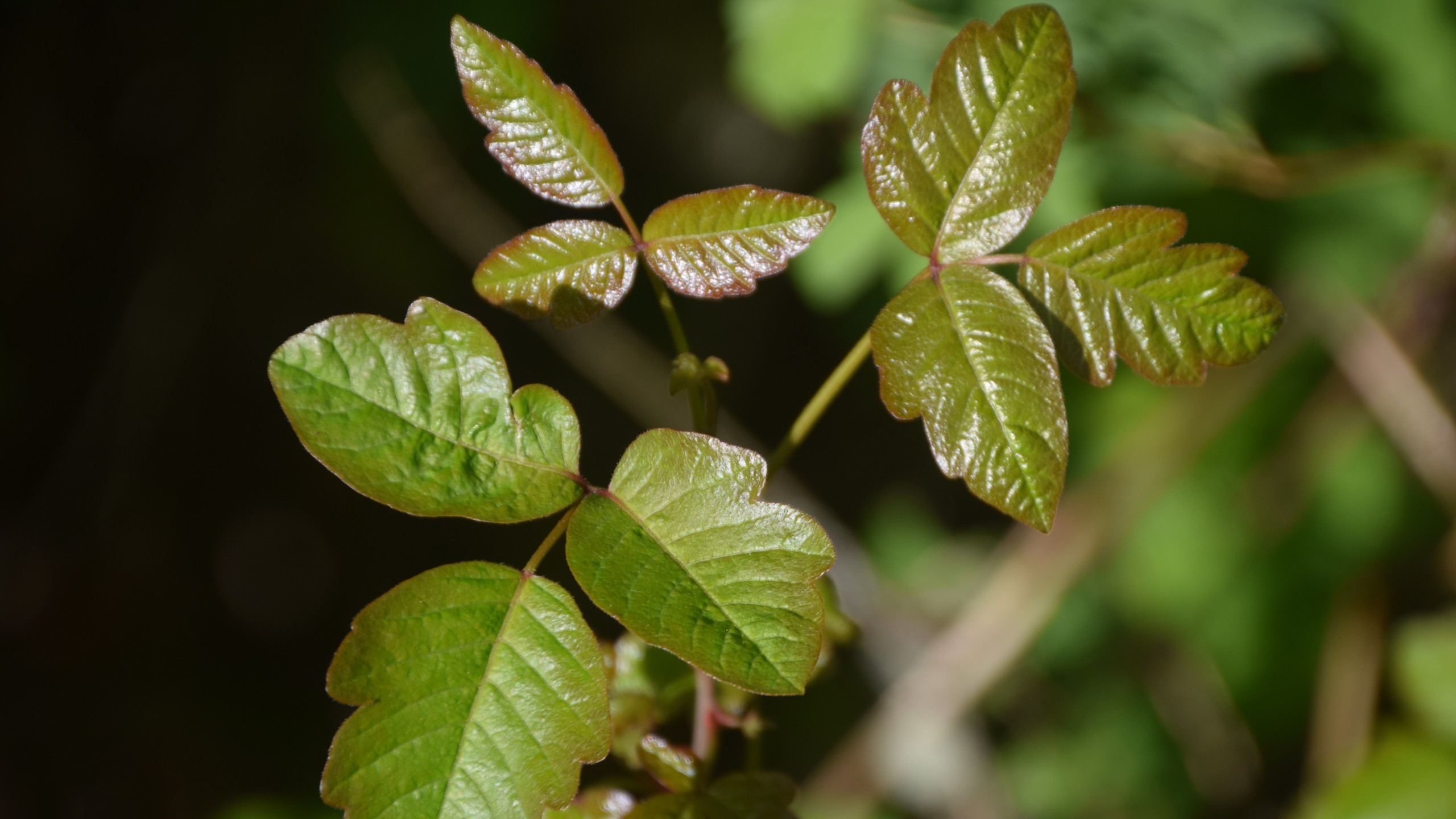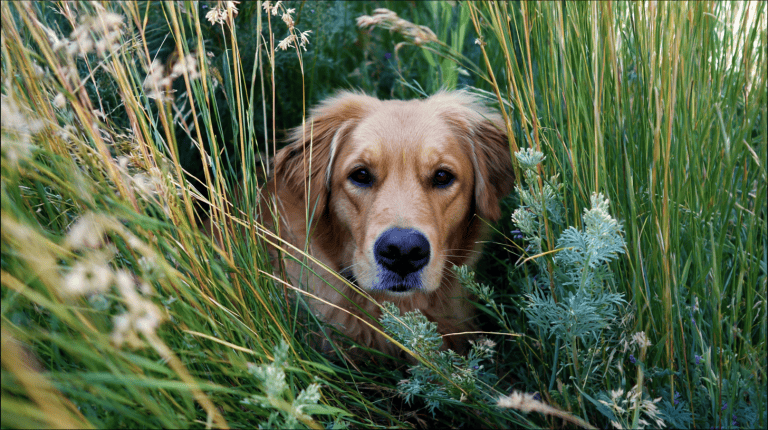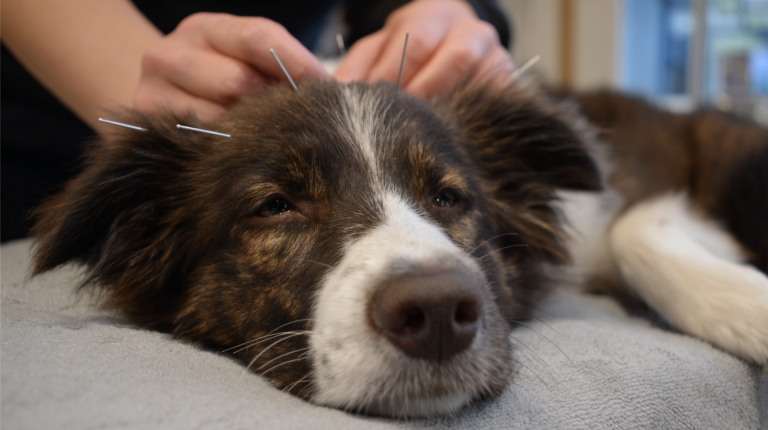Vet Buzz from Bill Barboni, DVM and Chris Pitts, RVT,
Marin Pet Hospital, San Rafael, CA
We love enjoying good weather by taking our dogs for a hike, but the happiness will soon end if one is allergic to poison oak. If you are like me, you can almost just walk past a poison oak patch and break out in a blistery rash. Dogs, however, seem to have a higher tolerance for poison oak than humans.
Why dogs rarely get poison oak
Dogs rarely get poison oak, but this is not because they are immune; their fur protects them. The oil from the poison oak plant tends to stay on the surface and not penetrate through to the skin. There are instances, though, where dogs have contracted poison oak in the less furry areas, such as the stomach and muzzle.
The treatment for poison oak in your dog is essentially the same as it would be for you.
First, wash your dog with a soap that will remove the oil to prevent further exposure. Dawn dish soap is a great soap to get poison oak oil off your dog. Make sure to rinse your dog well and do not get any soap in your dog’s eyes. (Any shampoo can cause a corneal ulcer if it gets into a dog’s eyes). If you feel that your dog has sensitive skin, you should consult with your veterinarian for a recommendation of an appropriate shampoo.
What to do if your dog gets exposed
For treatment of a rash, you will need to contact your veterinarian. She may prescribe an oral and/or a topical steroid to reduce the inflammation and the itchiness. In some cases, your dog may need antibiotics; if a dog scratches his skin, he introduces bacteria under the protective top layer of the skin, which can cause an infection.
Don’t forget: You can catch it from your dog
You can get poison oak from your dog. The poison oak oil easily transfers from your dog’s fur to your skin where it can cause the classic itchy allergic reaction. Good preventative measures are to scope out your hikes and avoid areas where you see poison oak. In addition, sticking to wide fire roads where your dog is less likely to brush up against poison oak is helpful too. If you have a really strong allergic reaction to poison oak like I do, you might decide that sticking to sidewalks is the best prevention yet.
Your veterinary office will also appreciate it if you let them know your dog may have had contact with poison oak. As a veterinary technician I get poison oak at least four times a year. If I have a heads up that my patient has been running through poison oak, I can wear gloves and a protective gown. This saves me from having to be treated as well as a week or more of discomfort. I know people in the field with the same issue, so thank you in advance!










